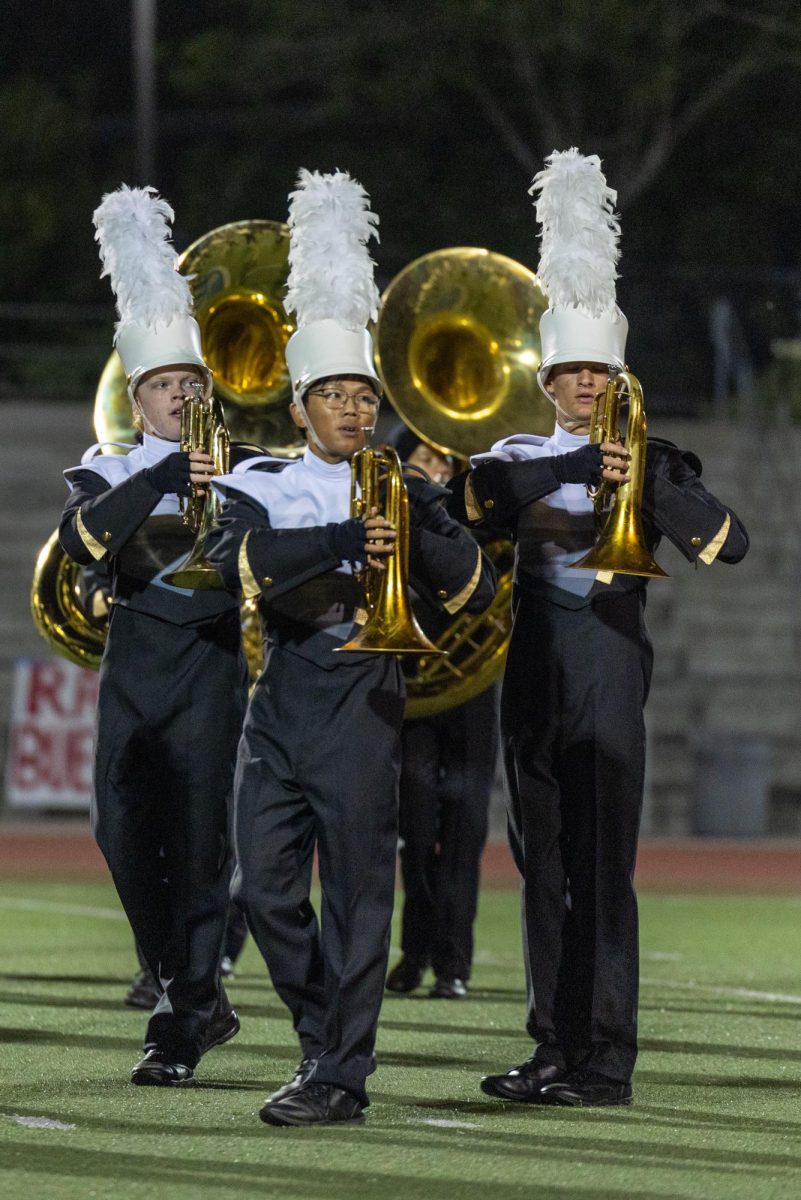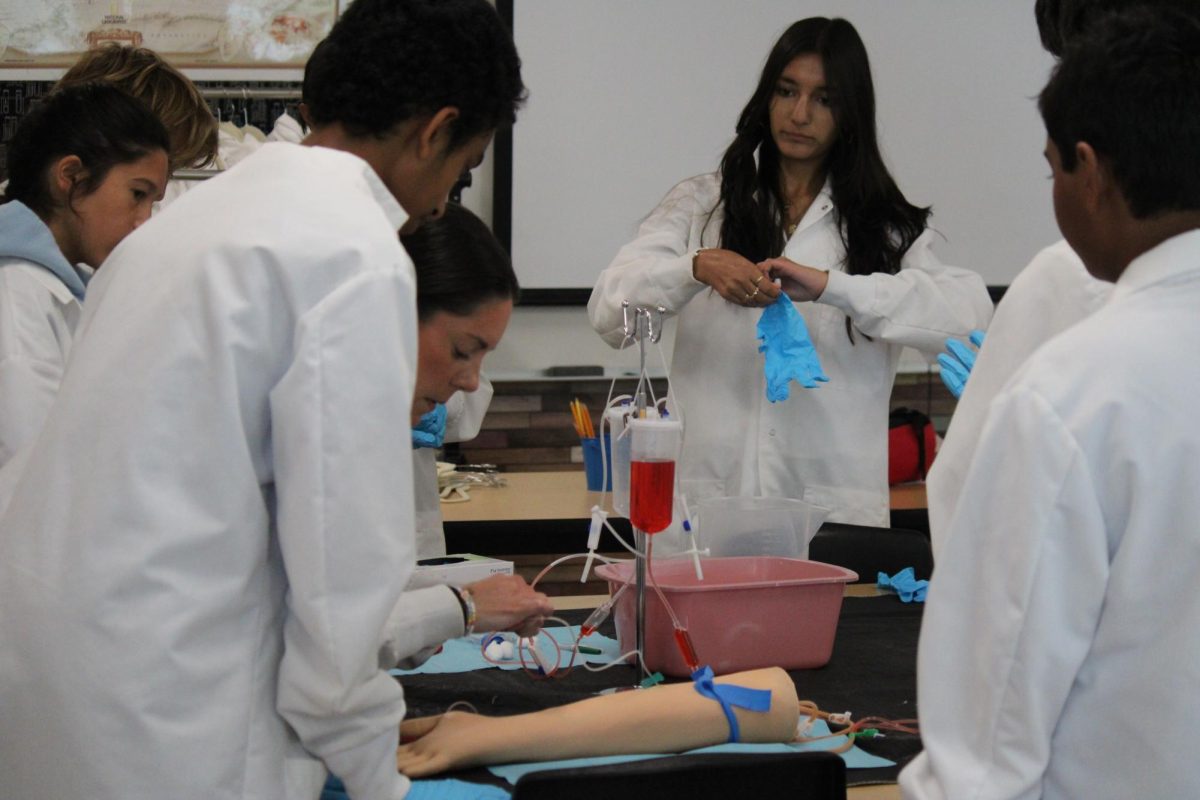As a result of $12.5 million in cuts for the 2024-25 school year and a bus driver shortage, Poway Unified School District (PUSD) has reduced non-mandated bus transportation services for students.
In an email sent out to district principals signed off by the PUSD Transportation Department, it is stated that the number of home-to-school general education bus routes for the district dropped from 25 to 13 and the minimum radial zone increased from two miles to two-and-a-half miles. While bus services are still operating, all Westview students who previously rode the bus were ineligible for bussing since their homes were not along any of the 13 routes and within a two-and-a-half mile radius.
Additionally, bus passes have increased from $725 to $950 to account for the $1,550 annual transport cost per student, $600 of which is subsidized by PUSD. These changes were made to address the $28 million deficit PUSD will be facing over the next two years.
“Certainly during any school or district having budget cuts, they try to keep it away from the classroom, not having teachers eliminated is always the first priority,” Principal Ernie Remillard said. “Transportation is interesting because it’s not a requirement. It is a nice perk that [PUSD] has had for many years, but it’s not something we’re required to do so we can cut back on it.”
Remillard said there were multiple aspects of bussing that made it difficult to sustain on a large scale.
“There is also a shortage of bus drivers,” Remillard said. “Not only [do we worry about] costs of gas with some of the routes, there weren’t any [bus driver] positions that were filled. People also cost money, that’s reality.”
Julia Smith (12) has depended on buses since middle school and said the lack of bus transportation has shifted her schedule drastically.
“Like most people who take the bus, my parents work full time and there’s really no time for them to drive in the mornings so I really relied on [buses] for the entire year,” Smith said. “There were after school bus schedules too. It was always that thing that I would use in case I couldn’t get a ride or if there was an after-school activity. It was just a really nice safety net to have and now for me and other people we’re basically left with nothing.”
When organizing carpool plans and accommodations with her parents, Smith said she won’t be the only one affected by her lack of reliable transportation.
“[Now] there’s more people that need to be [involved in order for me] to get to school,” Smith said. “I had a very simple schedule. I’d go to school in the morning with the bus and I had an easy way to get home. Now, it’s a problem for my parents. It becomes less of an independent responsibility. It was your job to get yourself [to the bus stop] and get yourself back, but now a lot of people have to get involved and I have to inconvenience other people.”
Remillard said the lack of buses has already started affecting traffic patterns, a change that is likely here to stay.
“One of the effects is traffic,” Remillard said. “We have a ton of traffic right now, [with cars] and e-bikes. We have a lot more bikes and e-bikes and things like that that are coming to school. Three to five years from now, I don’t foresee transportation coming back into the fold unless a larger scale financial change happens in the district.”





![Jolie Baylon (12), Stella Phelan (12), Danica Reed (11), and Julianne Diaz (11) [left to right] stunt with clinic participants at halftime, Sept. 5. Sixty elementary- and middle-schoolers performed.](https://wvnexus.org/wp-content/uploads/2025/09/IMG_1948-800x1200.png)
